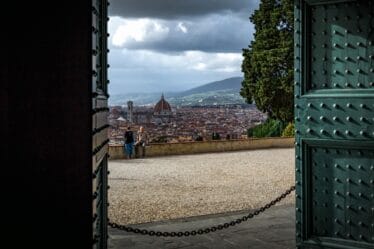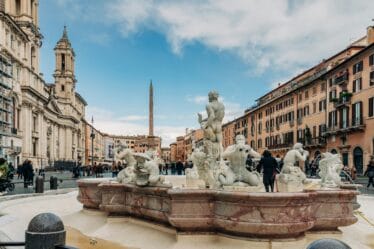

The Loggia Rucellai is a notable Renaissance architectural structure located in Florence, Italy. It is part of the Rucellai family complex, which also includes the Palazzo Rucellai, designed by the renowned architect Leon Battista Alberti.
Construction and Goals: The Rucellai family, a well-known trading and banking dynasty in Florence, commissioned the construction of the Loggia Rucellai in the middle of the fifteenth century, between 1463 and 1466. The loggia’s function was to represent the social and political standing of the Rucellai family in Florence by acting as a public meeting place for ceremonies, family get-togethers, and business meetings.
Architectural Design: Renowned early Renaissance scholar Leon Battista Alberti, who is well known for his architectural treatises, created the loggia. Alberti’s studies of antique Roman architecture and his humanist beliefs are reflected in the design. It displays a pleasing harmony of solid and empty areas with rounded arches held up by Corinthian columns. The three-bay building exhibits Alberti’s mastery of proportion, geometry, and symmetry and is graceful in its simplicity.
Cultural Impact: The blending of public and private areas is a trend toward Renaissance architecture symbolized by the loggia. Its design components were repeated in succeeding public loggias and constructions in Florence and other Italian towns, which had an impact on the evolution of municipal architecture.
Later Developments: Giovannini Battista Foggini rented the premises in 1677 and closed the three arches created his own shop, preserving the original porch design. The logo was then adopted for the post office in 1891 and the Come Café in 1933. The arches were reopened and window-protected in 1961 after restorations.



